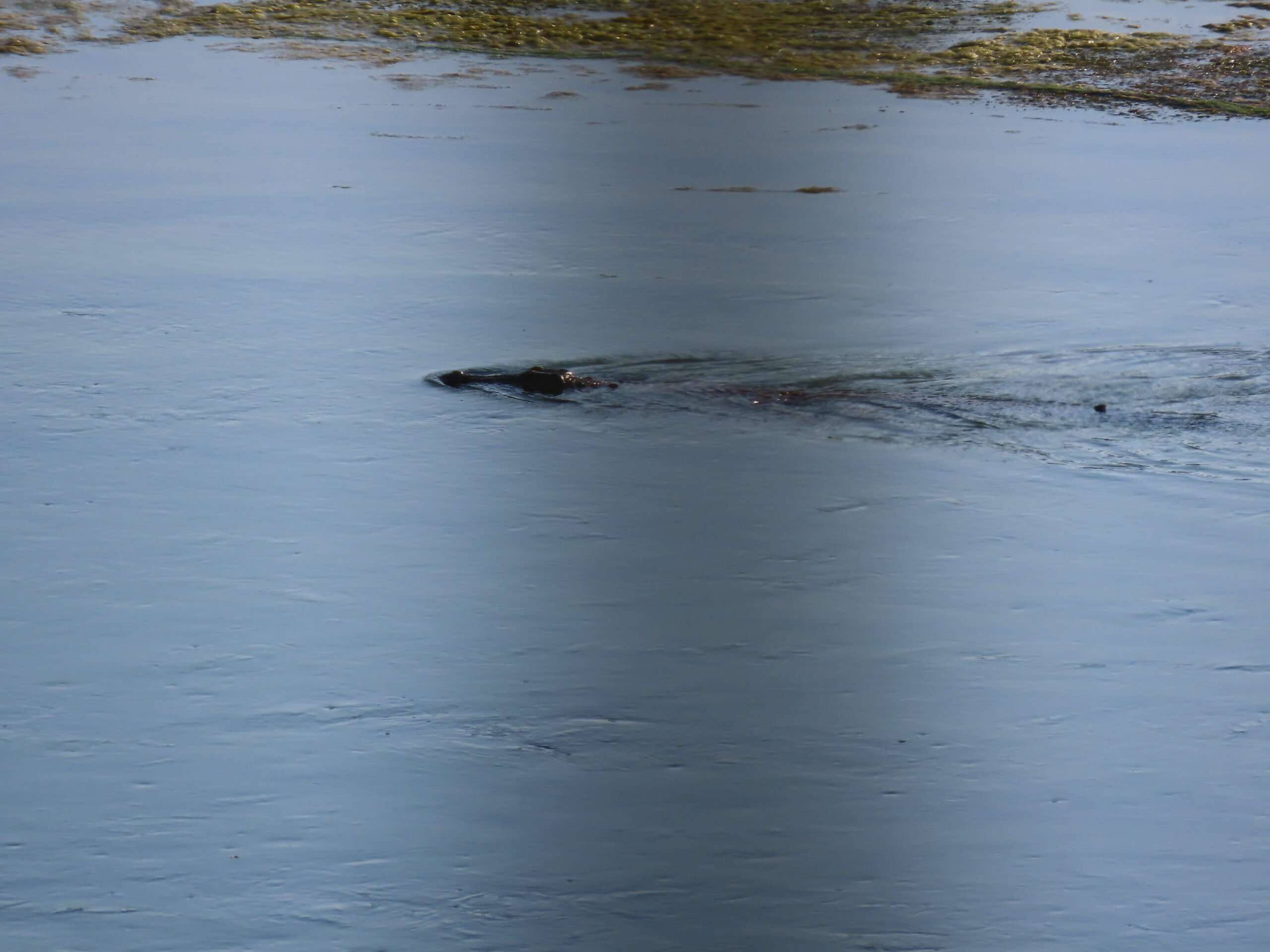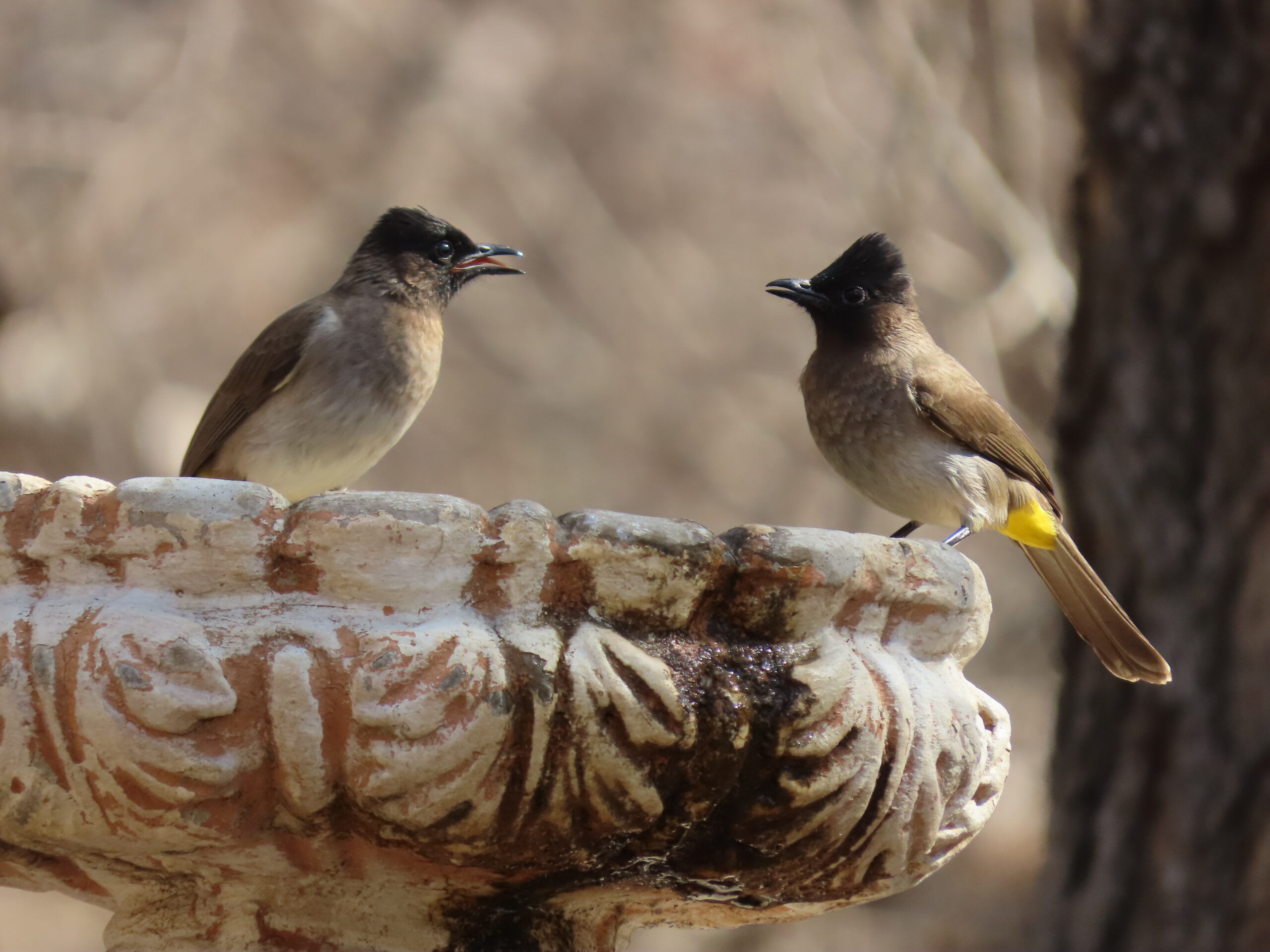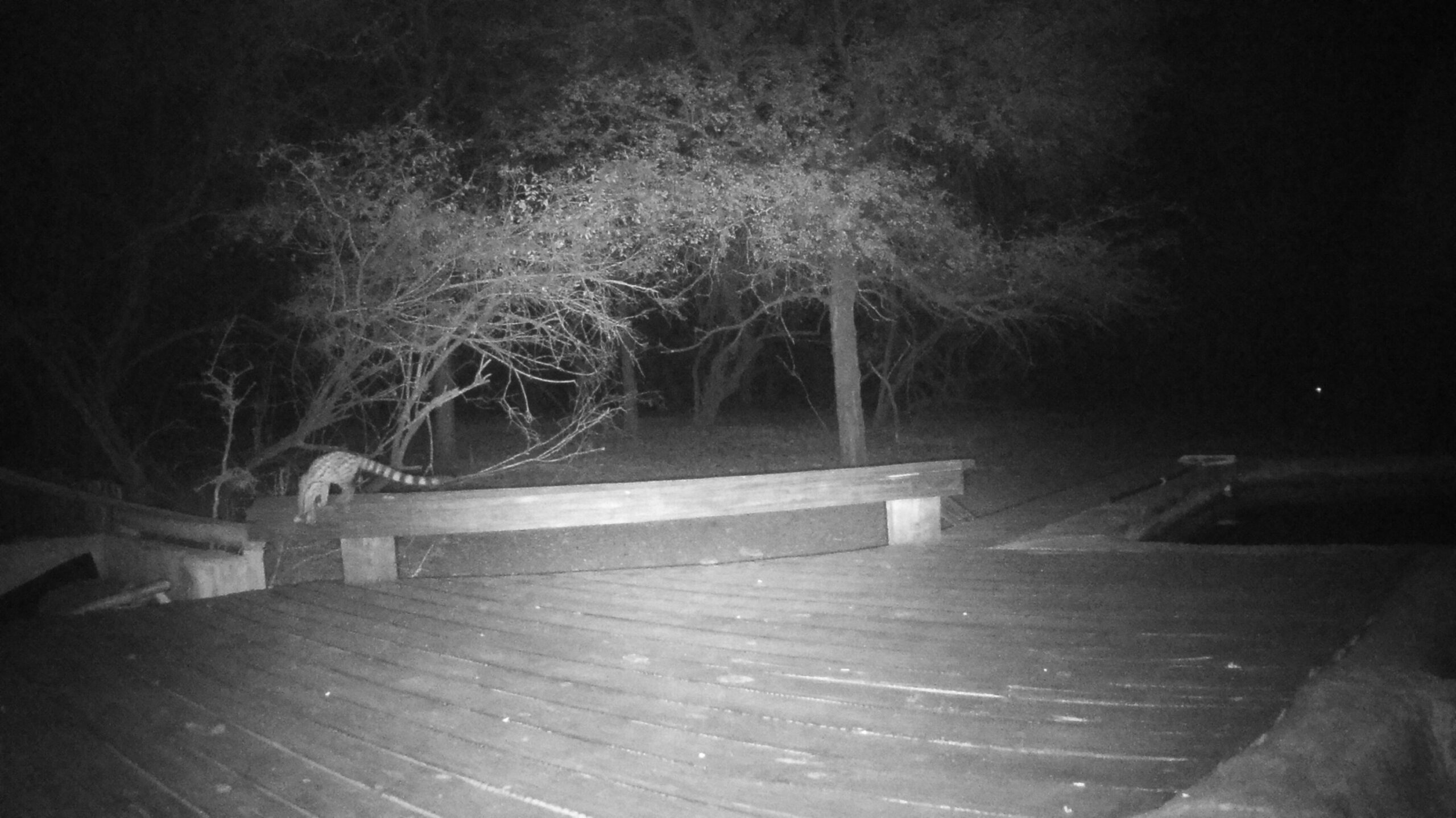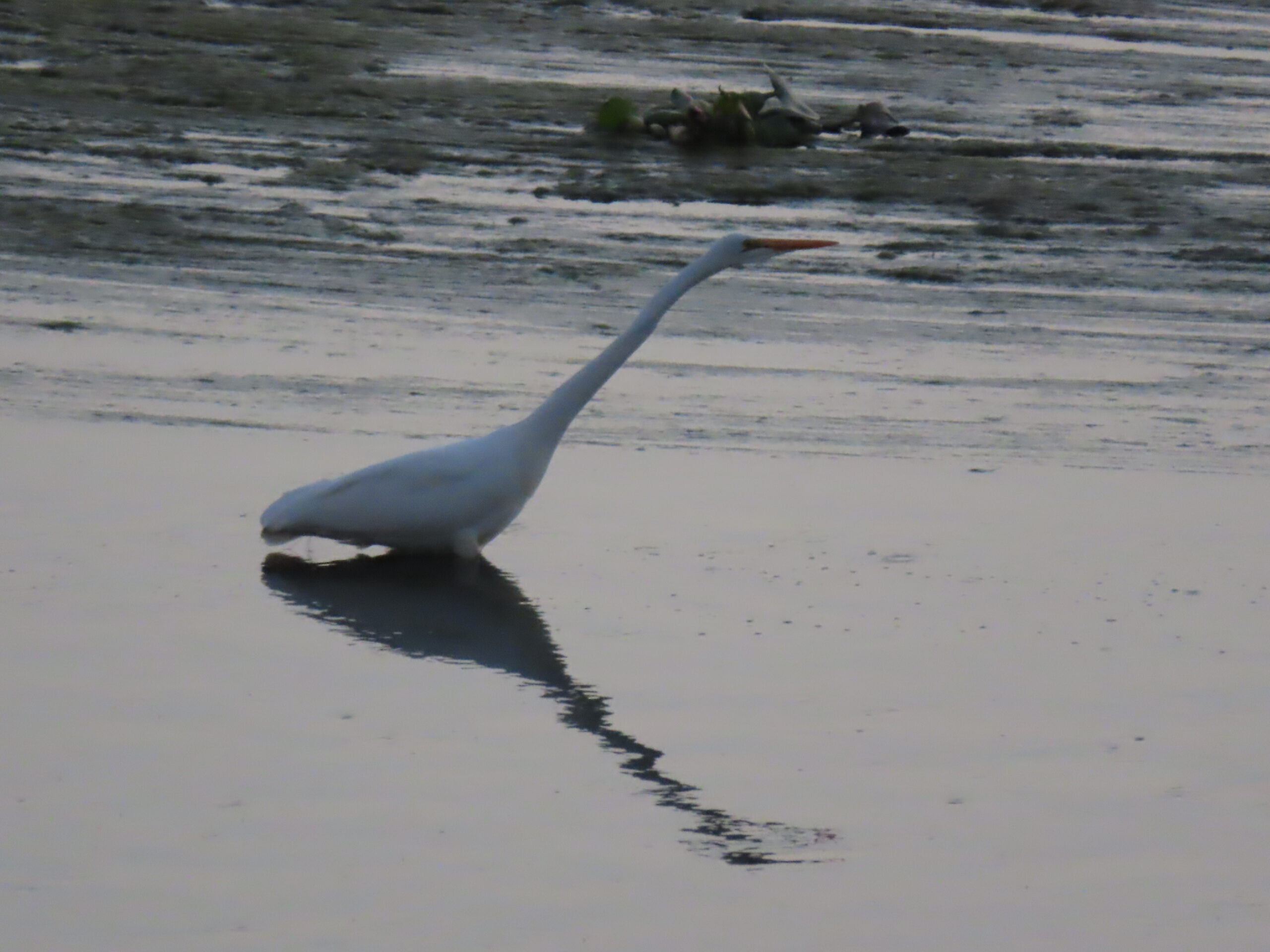
The lucerne we had delivered yesterday morning to feed the hungry wildlife has long been consumed. At the moment, there are four warthogs: mom and three fast-growing offspring attempting to retrieve every last blade of hay. The animals are hungry. There is nary an edible leaf on a single tree or bush within our view.
It’s cloudy today, and continuous rain for several days would cause the bush to become green, providing food for the hungry wildlife. But, in mid-July, there’s only a 4% chance of rain in Marloth Park. The average rainfall in July is 0.19 inches, or 8mm, not enough to benefit the wildlife.
June was even worse, with only a 2% chance of precipitation. We recall it raining a few times during the month, but unfortunately, not enough to benefit the wildlife. The bush looks brown and dangerously dry. The rains won’t come until October, three months from now.
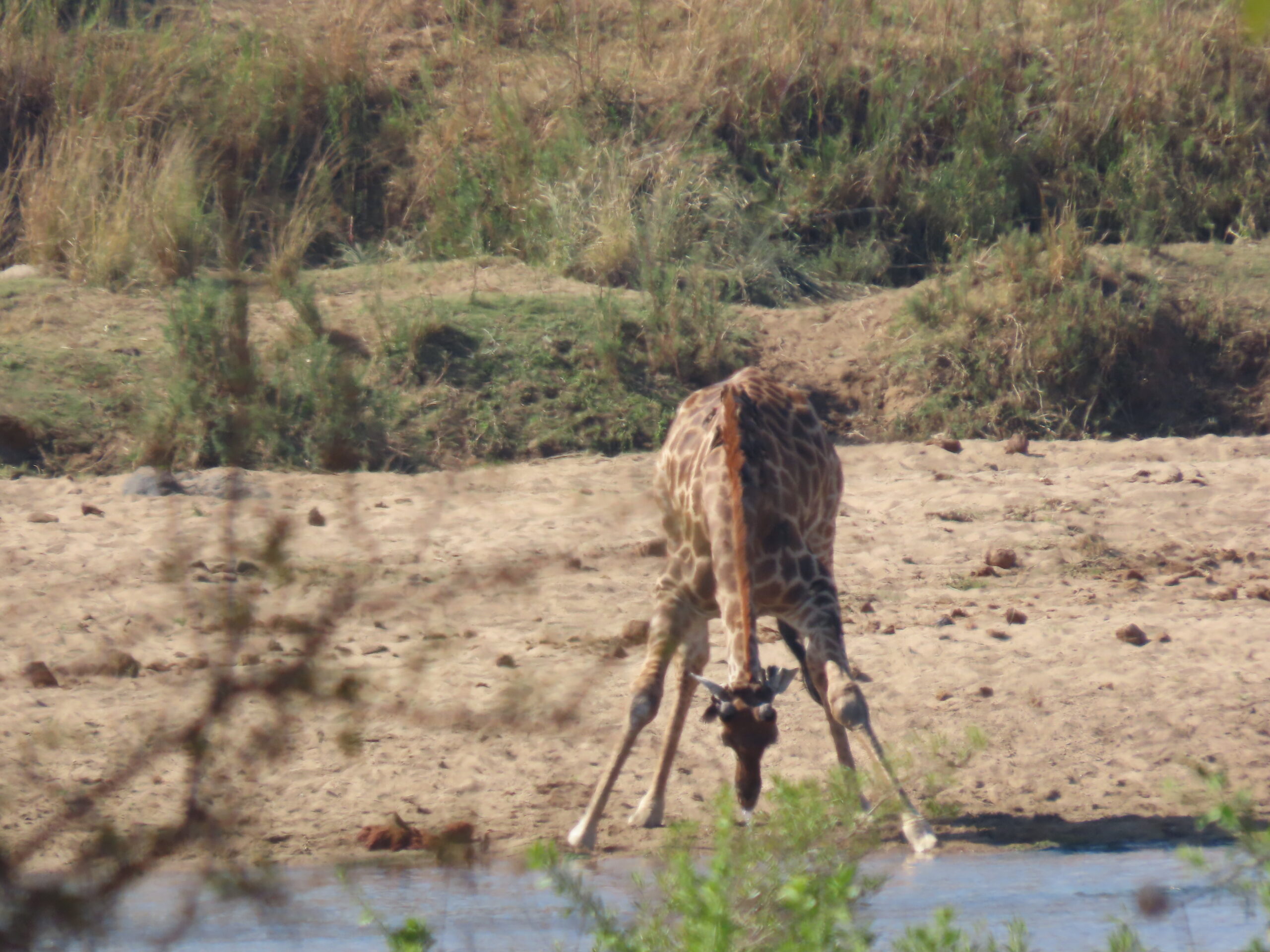
Here are some valid reasons not to feed wildlife:
Photo from ten years ago today, July 20, 2015:


